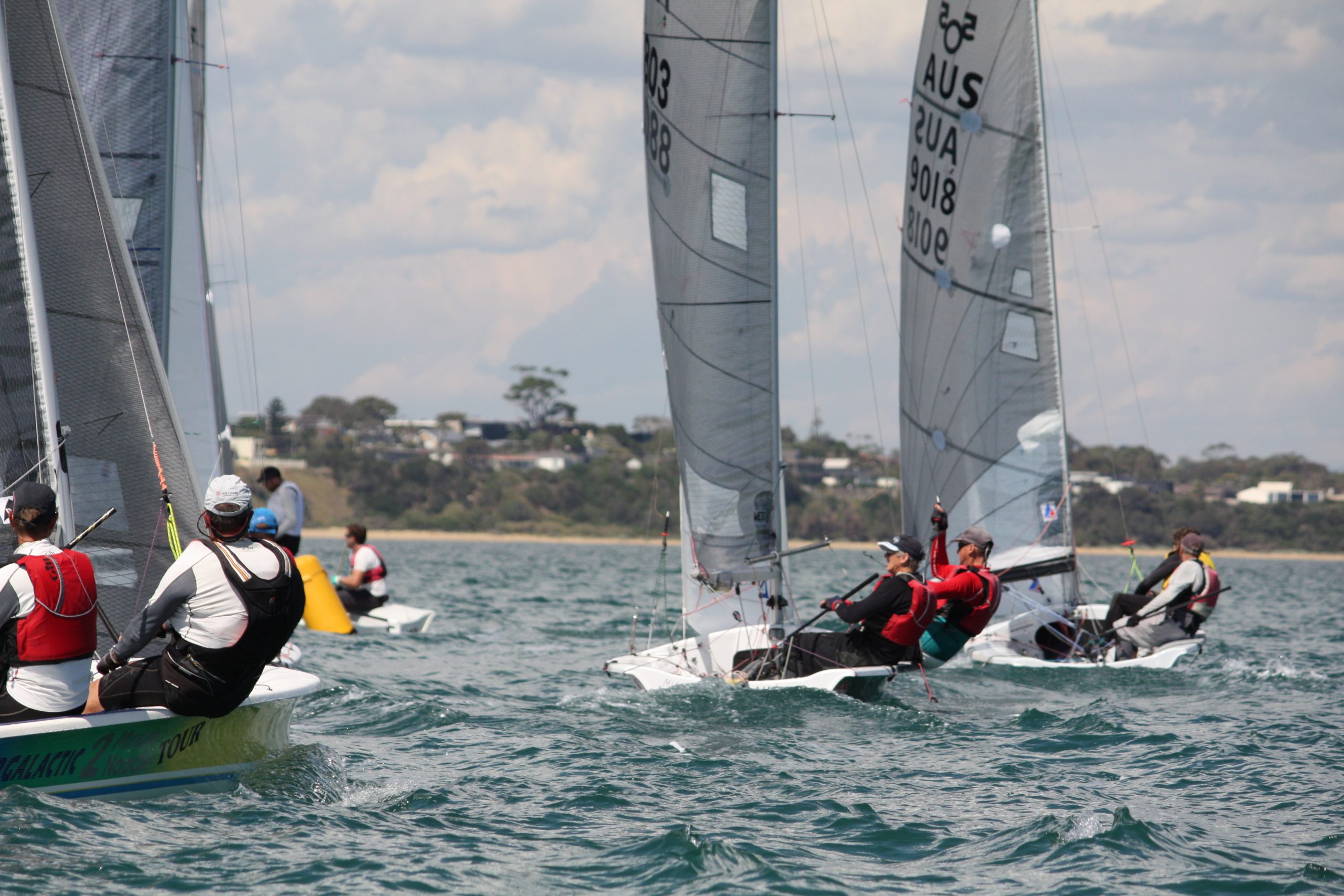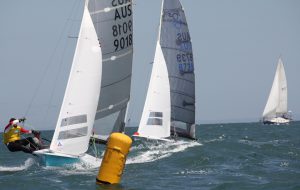

Windward Mark Roundings,
As sailors we put an enormous amount of thought into the start, and so we should, and next, we talk a lot about upwind speed and observing and playing the shifts but planning and thought seems to go out the window when considering rounding the windward mark and transitioning to the downwind leg.
Having a clean windward mark rounding can gain valuable boat lengths and the keys to rounding the windward mark are to make sure that you get there without sailing extra distance or fouling someone but even more importantly, ensuring that you’ve prepared for and have a plan for the next leg.
Before the start, make sure that you know where the windward mark is, and as you’re sailing up the beat, you should periodically check to see where you are relative to the mark.
Laylines
Pay attention to the laylines and if you will be approaching the mark on starboard tack, you will want to tack as close to the layline as you can, sailing beyond the layline means that you waste time sailing extra distance and you leave the opportunity for an opponent to come in, tack below you, and still make the mark.
Once you’re on the layline, keep sailing fast but also start planning ahead for the next leg. Make sure that your mainsheet is not tangled and is free to run, if you’re racing a boat with a spinnaker or gennaker, do any final preparations and at the same time think about your strategy for the next leg.
Reaching Leg
Will you want to work high or low on a reach? If the next leg is a run is there a reason why you might want to gybe around the mark perhaps to take advantage of more pressure or to stay in phase with the shifts you have observed on the upwind leg?
Don’t forget about current as you calculate the layline and if you are approaching the mark on Port tack be aware of your rights, read and learn Rule 18 which makes it very difficult to tack inside the zone without fouling another boat.
A quick summary of Rule 18 and windward mark roundings:
- If you’re approaching the mark and you will not need to tack, an inside boat that is overlapped when the first of them enters the zone gets room to round the mark. That can mean pinching up or shooting head to wind, and a boat outside will need to keep clear, so if you’re that outside boat, don’t bear off just yet!
- The trickier situation involves tacking inside the zone. A boat that tacks inside the zone needs to first complete its tack without fouling, and then, if you are in a lee bow position, you must not force the other boat to sail above close-hauled, so in that situation, you can’t force the other boat to pinch or shoot head to wind.
One way to avoid this sticky situation is to make sure that you complete your tacks outside the zone.
Protect Your Position On The Layline
It’s important to protect your position on the layline and make sure that you maintain clear air. If you’re on starboard tack and a port tacker is approaching, you may want to foot off a bit (well before they’re close so you’re not hunting) so that if they lee bow you, you can head up and maintain your lane.
If you’re on port tack crossing a starboard tacker and if in doubt, you can avoid fouling by fully crossing them, and then tacking after you’re clear of them.
In this case, you might round behind that one boat, but will not foul, too often, port tackers try to jam in a tack on the layline or at the mark, and foul because they do not keep clear while tacking.
You may lose that one boat, but sailing clean is sailing fast. Similarly, if you realize that you’re not laying the mark, the sooner you can tack out and re-establish yourself in a decent lane, the better.

